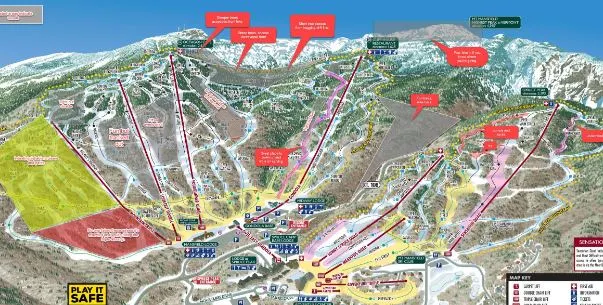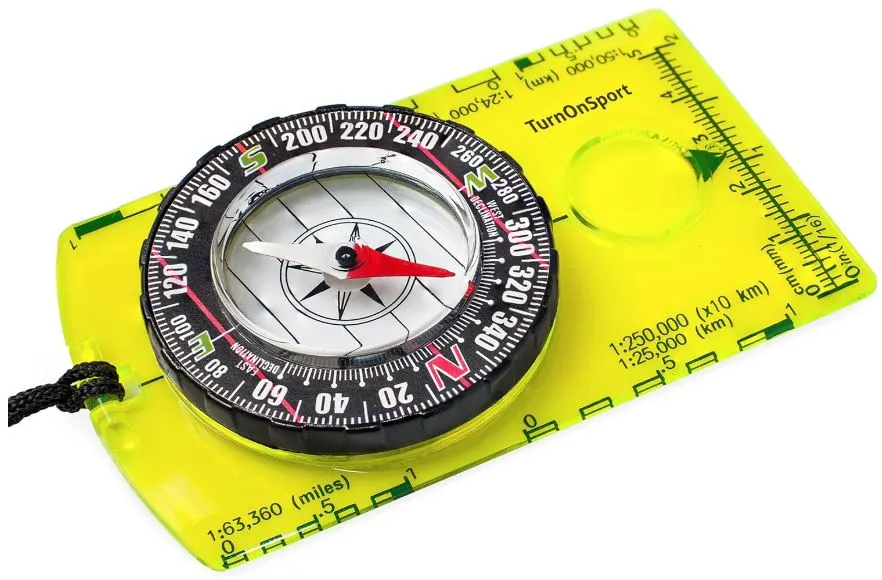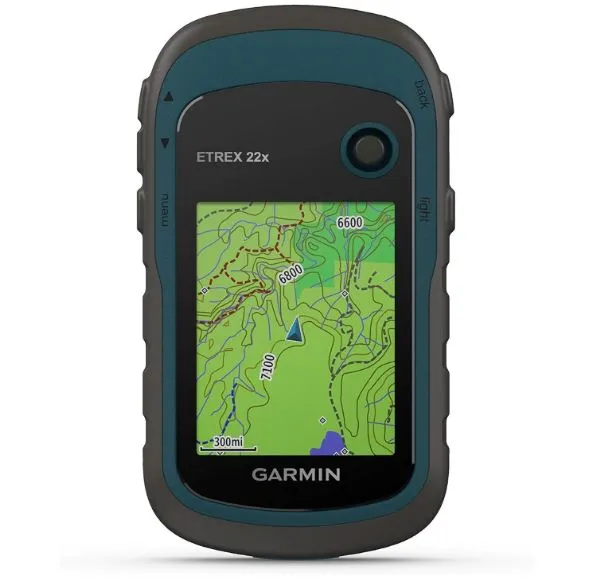Trail navigation is an essential skill for anyone venturing into the wilderness. Whether you’re embarking on a short hike or an extended camping trip, having a solid understanding of navigation can mean the difference between a successful adventure and a dangerous situation.
In this comprehensive guide, we’ll cover the fundamentals of trail navigation, including the tools, techniques, and strategies you need to stay on course. From traditional map and compass methods to modern GPS technology, this article will equip you with the knowledge to confidently navigate the outdoors.
What is Trail Navigation?
Trail navigation refers to the practice of determining and following a route in outdoor environments, often in remote or unfamiliar terrains. It is a critical skill for hikers, campers, and explorers, ensuring that they can reach their destination safely and return without getting lost.

Navigation involves using various tools, recognizing landmarks, and understanding geography to orient oneself about the surroundings.
Key Concepts in Trail Navigation
- Orientation: The process of determining your current location relative to your surroundings or a map.
- Bearings: A direction or angle measured in degrees that indicates your course.
- Wayfinding: The art of planning and following a path through the wilderness using natural or man-made cues.
Understanding these key concepts is crucial for effective trail navigation, as they form the foundation of most techniques used to navigate in the wild.
Essential Trail Navigation Tools
1: Maps

Maps are one of the most fundamental tools for navigation. There are several types of maps used for outdoor navigation:
- Topographic Maps: These maps show the physical features of an area, such as mountains, valleys, rivers, and trails, using contour lines to represent elevation.
- Digital Maps: Accessible via smartphones or GPS devices, digital maps can provide real-time location tracking and route information.
- Printed Maps: Always carry a printed map as a backup to digital tools, as electronic devices may fail due to battery or signal issues.
To effectively use a map, you need to understand symbols, scales, and how to interpret contour lines, which provide critical information about the terrain.
2: Compasses

A compass is another essential navigation tool, and there are different types to choose from, such as baseplate compasses or lensatic compasses. The basic skills you need to master include:
- Taking a Bearing: Using the compass to determine the direction from your current location to a point on the map.
- Orienting a Map: Aligning the map to match the real-world directions, helps in relating the map to the actual terrain around you.
3: GPS Devices

Modern technology offers a range of GPS devices that provide detailed information about your location, altitude, and route. There are two primary options:
- Handheld GPS Units: These are durable devices specifically designed for outdoor navigation, with longer battery life and greater accuracy.
- Smartphone Apps: Many apps like Gaia GPS or AllTrails offer navigation features, though they rely on battery life and network availability.
While GPS devices are convenient, they are not infallible. It’s important to understand the pros and cons of relying solely on GPS for navigation. They can fail in remote areas without satellite signals or if the battery dies, which is why knowing traditional methods remains vital.
Other Useful Tools
- Altimeters: These devices measure altitude, which can be useful for determining your position on a topographic map.
- Watches: Many modern watches have built-in GPS and altimeter functions, making them convenient tools for navigation.
- Navigational Aids: Consider using other aids like pedometers to track distance or barometers to anticipate weather changes.
Preparing for Outdoor Trails

1: Researching Trails
Before setting out on any outdoor adventure, thorough research is key. Start by gathering information from guidebooks, online trail reports, and official resources like national park websites. These sources can provide insights into the trail difficulty, elevation changes, and any hazards or restrictions to be aware of.
2: Planning Your Route
Creating a detailed route plan is essential for a safe and enjoyable hike. Use topographic maps or digital mapping tools to plot your course, marking important waypoints and potential water sources. Always plan an alternate route in case you encounter unforeseen obstacles or bad weather.
3: Packing Navigation Gear
When packing for your trip, prioritize essential navigation tools:
- A physical map and compass
- GPS device or smartphone with downloaded offline maps
- A backup power source for electronics (such as a portable charger)
- Altimeter and other useful accessories like a whistle or mirror for signaling
Navigation Techniques on Outdoor Trails
1: Using a Map & Compass Navigation
Navigating with a map and compass requires a few simple but important steps:
- Orient the map using your compass so that the north on the map matches the north in the real world.
- Identify your location on the map using landmarks or terrain features.
- Take a bearing by aligning the compass with your intended path on the map and follow the bearing on foot.
2: Using GPS Effectively
While GPS devices simplify navigation, it’s essential to understand how to use them effectively:
- Set waypoints at important locations like trailheads, campsites, or water sources.
- Track your route to monitor progress and ensure you’re staying on course.
- Navigate offline by downloading maps and routes in advance in case you lose signal.
3: Natural Navigation Techniques
Sometimes, it’s useful to rely on nature when modern tools fail. Techniques include:
- Terrain Features: Identifying mountains, rivers, or ridges to orient yourself.
- Celestial Navigation: Using the position of the sun or stars to maintain your heading.
- Animal Behavior: Observing animals can sometimes indicate the presence of water or safe paths through dense forests.
Dealing with Challenges on Trails
Lost on the Trail? What to Do
If you find yourself lost, stay calm and follow these steps:
- Stop and assess your situation. Panic can lead to poor decision-making.
- Re-orient yourself using your map and compass or GPS. Try to locate recognizable features or retrace your steps.
- Mark your location and if necessary, stay put and wait for help, signaling your position if you have the means.
Navigating Trails in Poor Visibility
Fog, rain, or snow can make navigation difficult. In these situations:
- Stick to your compass bearing even if you can’t see far ahead.
- Use pacing to measure distance and stay aware of any changes in elevation or terrain.
- Consider waiting for clearer weather if conditions become too hazardous.
Safety Considerations
Staying Aware of Your Surroundings
Situational awareness is crucial when navigating. Regularly check your surroundings against your map and be mindful of changes in the weather, terrain, or trail conditions.
Emergency Plans
Always have an emergency plan in place. Share your route with someone before you leave, and establish checkpoints where you will check in if possible. Know when and where you might encounter phone signals or places to seek shelter if things go wrong.
Conclusion
Mastering trail navigation is an invaluable skill that enhances both the safety and enjoyment of outdoor adventures. By understanding navigation basics, using essential tools, and practicing techniques such as map reading, compass use, and GPS tracking, you can confidently explore the wilderness. Preparation and awareness are key to ensuring that even when challenges arise, you can handle them effectively.

Hi, I’m Masab Jamal, the founder and head editor of this blog. I love to spend most of my time in the wilderness. Apart from camping and outdoor life, I’m a full time blogger.

